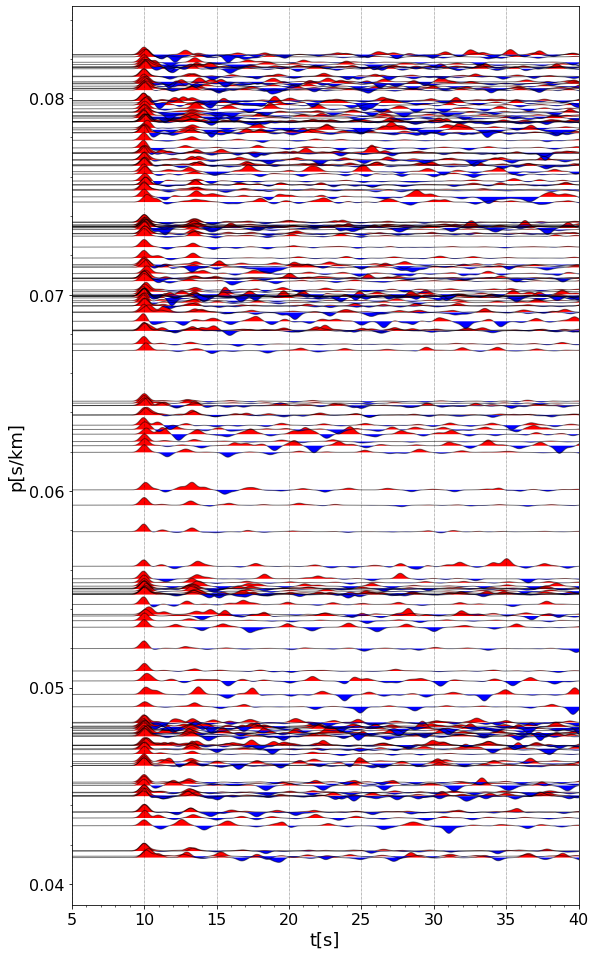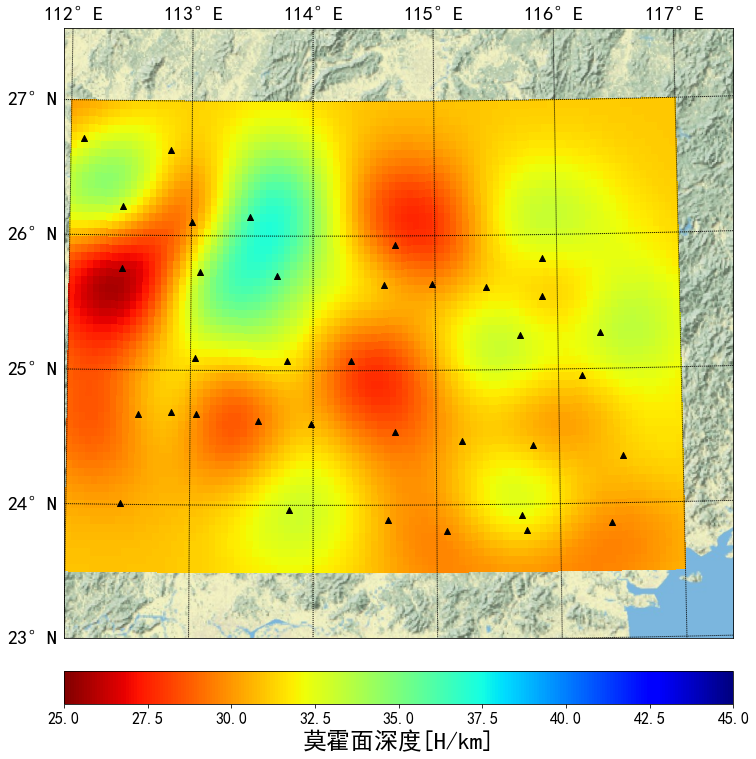Teleseismic receiver function study of South China
Bachelor thesis (2020)
South China was constructed from the welding of Cathaysia Block and Yangtze Block in Proterozoic, and has been subject to complicated tectonics later on. The Proterozoic suture belt, also referred to as Qin-Hang suture belt, has been shown by previous studies to extend along Jiangshan-Shaoxing-Pingxiang in the east, to the fault zone near Qingzhou in the west. The multiple tectonic movements in the region since Phanerozoic, however, may have altered or even wiped out some imprints of the earlier events, leading to a deficiency of petrological, chronological and tectonic evidence of the Proterozoic suturing in middle South China. We use teleseismic data from seismic arrays in Guangdong, Hunan, and adjacent Jiangxi, Hubei. Utilizing the receiver function techniques and H − κ stacking, imaging of Moho is obtained, together with crustal Poisson’s ratio in the region. The results show a general deepening of Moho towards the west, and a low level of Poisson’s ratio between Xuefeng Mountain and Nanling Moutains. Combining the shape of Moho and the change of Poisson’s ratio around Xuefeng Mountain with the previous geological and geophysical researches, we show that the northern front of the suture belt is located along Xuefeng Mountain, and the southern most part is approximately located around Hengyang and Nanling Mountains.
This project was finished in 2020 as a Bachelor thesis (see attached file in Chinese) under the supervision of Prof. Zengxi Ge.

